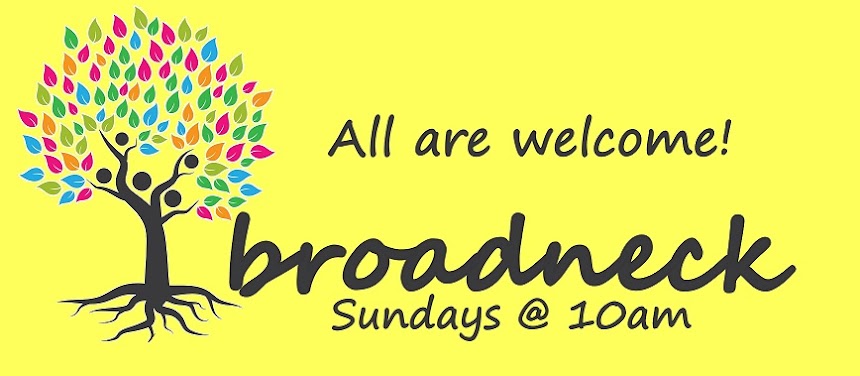The story of the Transfiguration of Jesus before his disciples, which is traditionally read on the final Sunday of Epiphany--meaning it is one of the few stories we hear every year!--is one of the most perplexing in all of scripture. Though Matthew, Mark, and Luke all attempt to describe what happened on that mountaintop, saying things like, "his face shone like the sun" and "his clothes became dazzling white, such as no one on earth could bleach them," the Gospel writers--not to mention Peter, James, and John, who saw this event with their own eyes--seem somewhat at a loss of words to convey the mystery they witnessed.
I think it's interesting, though, that even if the physical descriptions of the transfiguration are brief, this has been one of the most-painted scenes from the Bible throughout history. It has captured the imagination of artists across the centuries, all who have envisioned the moment of heavenly transformation on the mountain differently.
I looked at a number of these images this week, and found several I found compelling not just individually, but in how incredibly different they are when put together. Spend some time pondering the images below, then reflect on Matthew 17 on your own. If you had to create a piece of art to represent what you imagine this scene looked like, what colors would you use? What textures? What would you hope to convey?
15th century, Theophanes the Greek:
Classic early Renaissance depiction by Giovani Bellini:
An icon of the scene from the contemporary St. John's Bible:
A modern oil-on-canvas by Judy Racz:
Interpretation by African artist Jesus Mafa:
An abstract piece (artist unknown):








No comments:
Post a Comment